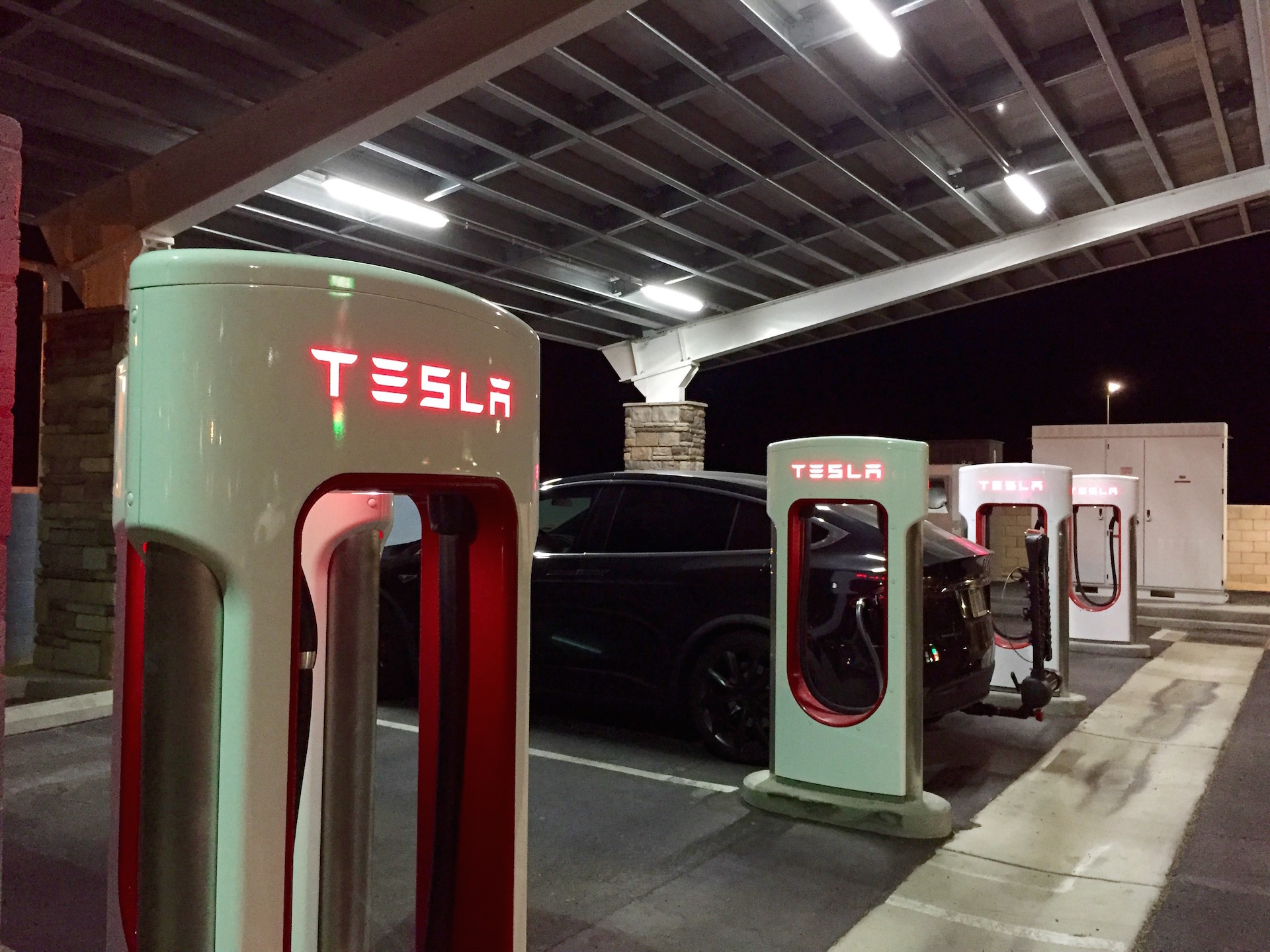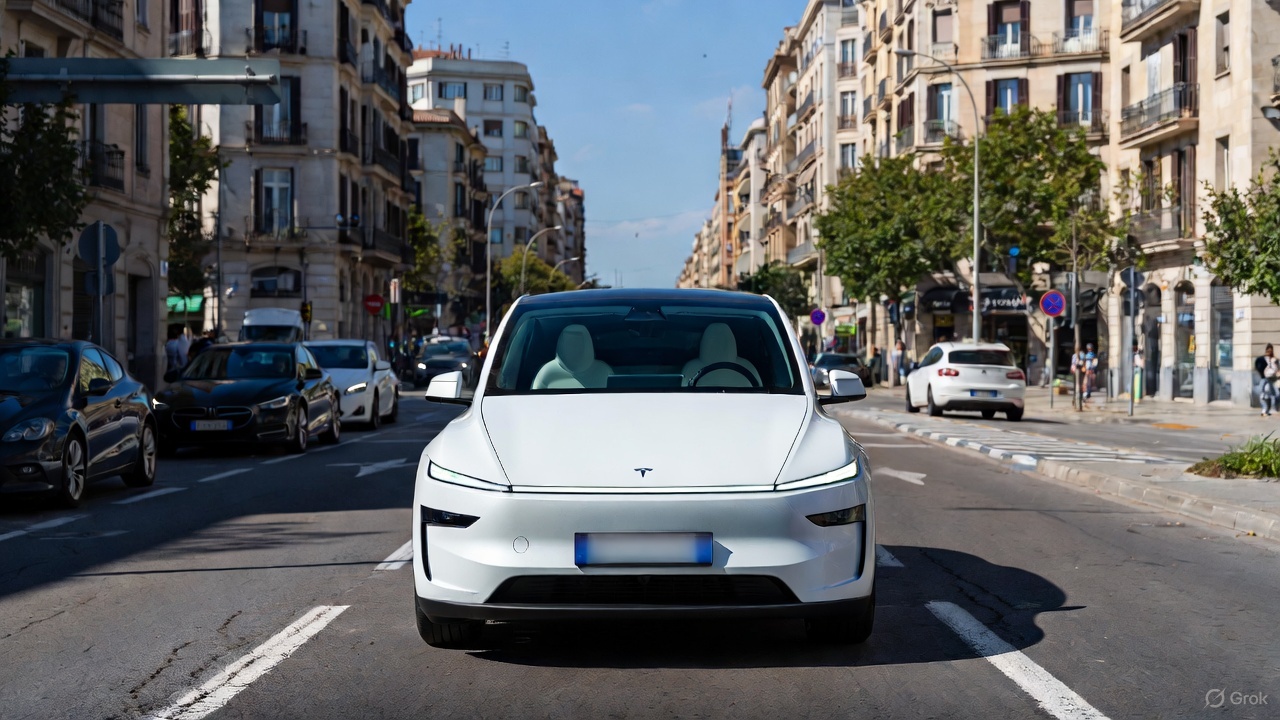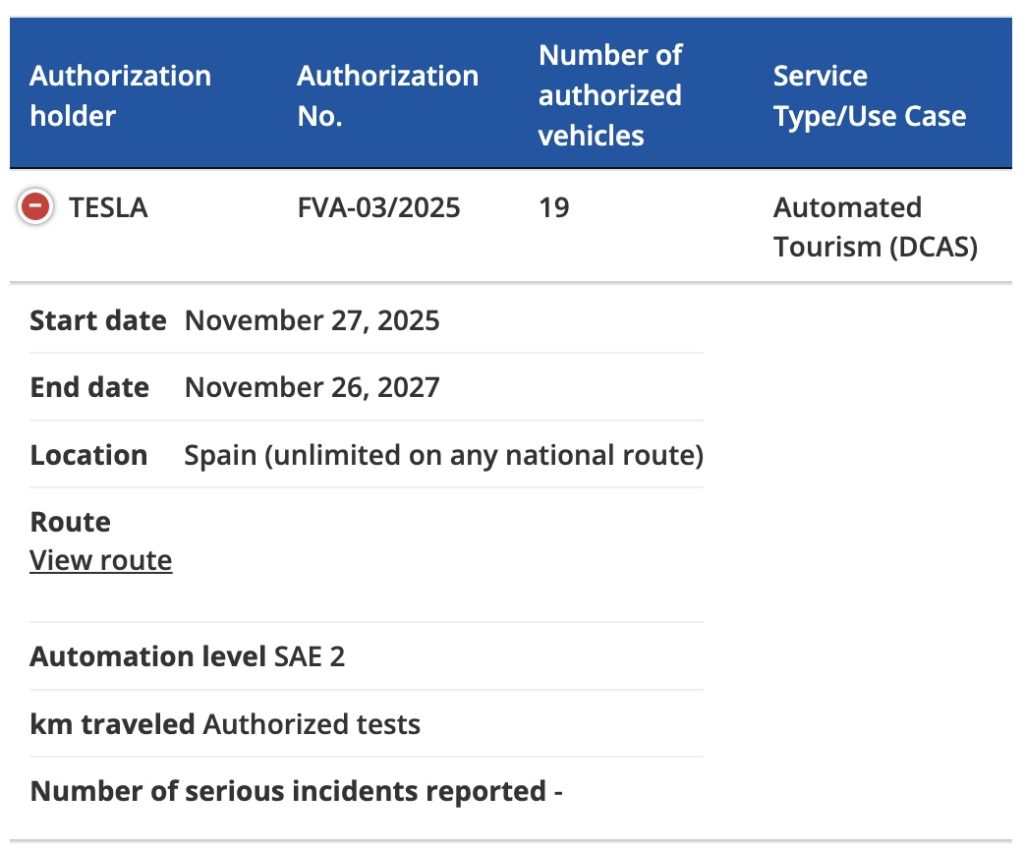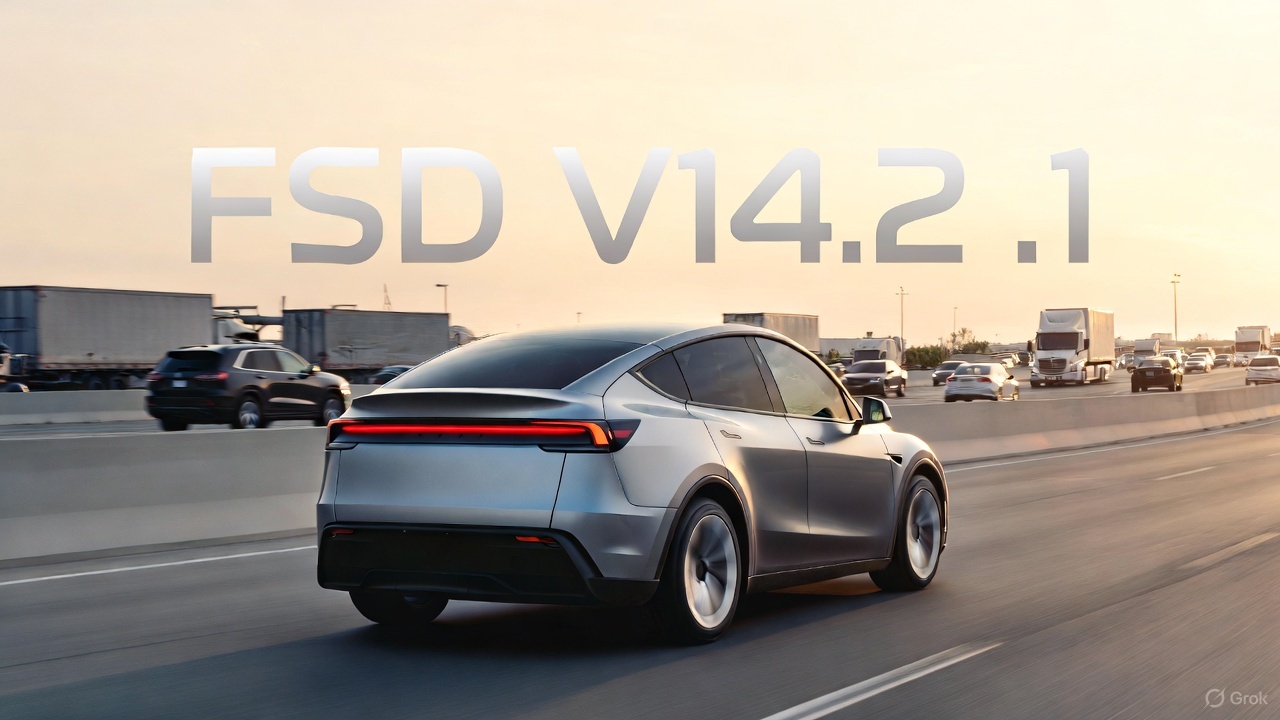News
Top 3 reasons why having to pay for Tesla Supercharger use won’t deter buyers

The “will they or won’t they?” argument over Tesla providing free-for-life unlimited Supercharger use is finally receiving more clarity. The company announced that it will provide roughly 1,000 free miles of energy before charging a fee for Supercharger use on cars ordered after January 1, 2017.
But is this the end for Tesla? Will people be lining up in throngs to cancel their Model 3 reservations? Boycotting Tesla and running to buy another car? Nope, not even a little bit. Here are some of the top reasons why this new announcement won’t deter buyers.
1. Pay less for your Tesla
I’ll jump right into arguably the best reason first. The vast majority of new cars buyers have a budget. That reality means having to choose carefully on the options to equip your Tesla with. By decoupling Supercharger use from the price of the vehicle, Tesla is theoretically able to reduce the price barrier to entry.
Plus, you wouldn’t necessarily want to incur a pre-estimated Supercharger energy cost, charged by Tesla, on a vehicle that may not see its fair share of long distance travel and Supercharger use.
Tesla is anticipated to publish details for its new Supercharging program by year end. But regardless of what will be announced, crowdsourced Model 3 reservation data captured through Model3Tracker.info suggests that it won’t even matter. Nearly 80% of Model 3 reservation holders said they were willing to pay an extra fee for access to the Supercharger network. This is even prior to Tesla announcing that it would begin charging for Supercharger use after the allotted 400 kWh cap (~1,000 miles).
2. You have to pay for fuel either way
The Tesla team knew and has repeatedly said that in order to further the adoption of sustainable transport, they had to make a car at least as compelling as its gasoline-powered counterpart. Since the Model 3 will be at least as compelling as a comparable gasoline car, would-be buyers aren’t going to ditch a vehicle that will require paying for fueling in favor of another vehicle that, too, will incur a cost on fuel. This is especially true when the majority of your charging can be done at home, which is infinitely more convenient, and more cost effective, than stopping at a gas station.
Charging at home, in most markets, is very favorable to the cost of gas. Charging on the Supercharger network beyond your free credits will also be favorable and “cost less than the price of filling up a comparable gas car”, according to Tesla. Mix that in with a growing destination program and I’m confident your Tesla road trips will still be economical.
3. Supercharger Credits can be rewarded
When I conceded that Supercharger credits may work after all, I talked about how Tesla could have fun with it. It’s your 1 year anniversary of ownership, take a trip on us! It’s Nikola Tesla’s birthday… You just reached 50,000 gasoline free miles… Aside from the ability to award additional free credits at will, Tesla could also decide to increase the amount of free credits they give per year. I truly believe Tesla is a good company that does right by its customers. For that reason, I think they aimed a bit low with the credit amounts to ensure they can afford to meet the promised amount. I also believe that if they use data to analyze the costs (they will) and find out that they can afford more than they are giving, they’ll do that too.
And remember …
At the end of the day, there’s no free lunch. Reasonable buyers know the truth. Free for life was not sustainable and a bit too good to be true. Model 3 is shaping up to be about the coolest and most important car of our lifetimes. For those of us stateside, an ode to the fighting spirit of America. Supporting a little, unknown company fighting against all odds – especially in light of current events – and completely upending an entire industry is worth every penny.

News
Tesla Full Self-Driving (FSD) testing gains major ground in Spain
Based on information posted by the Dirección General de Tráfico (DGT), it appears that Tesla is already busy testing FSD in the country.

Tesla’s Full Self-Driving (Supervised) program is accelerating across Europe, with Spain emerging as a key testing hub under the country’s new ES-AV framework program.
Based on information posted by the Dirección General de Tráfico (DGT), it appears that Tesla is already busy testing FSD in the country.
Spain’s ES-AV framework
Spain’s DGT launched the ES-AV Program in July 2025 to standardize testing for automated vehicles from prototypes to pre-homologation stages. The DGT described the purpose of the program on its official website.
“The program is designed to complement and enhance oversight, regulation, research, and transparency efforts, as well as to support innovation and advancements in automotive technology and industry. This framework also aims to capitalize on the opportunity to position Spain as a pioneer and leader in automated vehicle technology, seeking to provide solutions that help overcome or alleviate certain shortcomings or negative externalities of the current transportation system,” the DGT wrote.
The program identifies three testing phases based on technological maturity and the scope of a company’s operations. Each phase has a set of minimum eligibility requirements, and applicants must indicate which phase they wish to participate in, at least based on their specific technological development.

Tesla FSD tests
As noted by Tesla watcher Kees Roelandschap on X, the DGT’s new framework effectively gives the green flight for nationwide FSD testing. So far, Tesla Spain has a total of 19 vehicles authorized to test FSD on the country’s roads, though it would not be surprising if this fleet grows in the coming months.
The start date for the program is listed at November 27, 2025 to November 26, 2027. The DGT also noted that unlimited FSD tests could be done across Spain on any national route. And since Tesla is already in Phase 3 of the ES-AV Program, onboard safety operators are optional. Remote monitoring would also be allowed.
Tesla’s FSD tests in Spain could help the company gain a lot of real-world data on the country’s roads. Considering the scope of tests that are allowed for the electric vehicle maker, it seems like Spain would be one of the European countries that would be friendly to FSD’s operations. So far, Tesla’s FSD push in Europe is notable, with the company holding FSD demonstrations in Germany, France, and Italy. Tesla is also pushing for national approval in the Netherlands in early 2026.
News
Tesla FSD V14.2.1 is earning rave reviews from users in diverse conditions
Tesla’s Full Self-Driving (Supervised) software continues its rapid evolution, with the latest V14.2.1 update drawing widespread praise.

Tesla’s Full Self-Driving (Supervised) software continues its rapid evolution, with the latest V14.2.1 update drawing widespread praise for its smoother performance and smarter decision-making.
Videos and firsthand accounts from Tesla owners highlight V14.2.1 as an update that improves navigation responsiveness, sign recognition, and overall fluidity, among other things. Some drivers have even described it as “more alive than ever,” hinting at the system eventually feeling “sentient,” as Elon Musk has predicted.
FSD V14.2.1 first impressions
Early adopters are buzzing about how V14.2.1 feels less intrusive while staying vigilant. In a post shared on X, Tesla owner @LactoseLunatic described the update as a “huge leap forward,” adding that the system remains “incredibly assertive but still safe.”
Another Tesla driver, Devin Olsenn, who logged ~600 km on V14.2.1, reported no safety disengagements, with the car feeling “more alive than ever.” The Tesla owner noted that his wife now defaults to using FSD V14, as the system is already very smooth and refined.
Adverse weather and regulatory zones are testing grounds where V14.2.1 shines, at least according to testers in snow areas. Tesla watcher Sawyer Merritt shared a video of his first snowy drive on unplowed rural roads in New Hampshire, where FSD did great and erred on the side of caution. As per Merritt, FSD V14.2.1 was “extra cautious” but it performed well overall.
Sign recognition and freeway prowess
Sign recognition also seemed to show improvements with FSD V14.2.1. Longtime FSD tester Chuck Cook highlighted a clip from his upcoming first-impressions video, showcasing improved school zone behavior. “I think it read the signs better,” he observed, though in standard mode, it didn’t fully drop to 15 mph within the short timeframe. This nuance points to V14.2.1’s growing awareness of temporal rules, a step toward fewer false positives in dynamic environments.
FSD V14.2.1 also seems to excel in high-stress highway scenarios. Fellow FSD tester @BLKMDL3 posted a video of FSD V14.2.1 managing a multi-lane freeway closure due to a police chase-related accident. “Perfectly handles all lanes of the freeway merging into one,” the Tesla owner noted in his post on X.
FSD V14.2.1 was released on Thanksgiving, much to the pleasant surprise of Tesla owners. The update’s release notes are almost identical to the system’s previous iteration, save for one line item read, “Camera visibility can lead to increased attention monitoring sensitivity.”
News
Tesla FSD Supervised ride-alongs in Europe begin in Italy, France, and Germany
The program allows the public to hop in as a non-driving observer to witness FSD navigate urban streets firsthand.

Tesla has kicked off passenger ride-alongs for Full Self-Driving (Supervised) in Italy, France and Germany. The program allows the public to hop in as a non-driving observer to witness FSD navigate urban streets firsthand.
The program, detailed on Tesla’s event pages, arrives ahead of a potential early 2026 Dutch regulatory approval that could unlock a potential EU-wide rollout for FSD.
Hands-Off Demos
Tesla’s ride-along invites participants to “ride along in the passenger seat to experience how it handles real-world traffic & the most stressful parts of daily driving, making the roads safer for all,” as per the company’s announcement on X through its official Tesla Europe & Middle East account.
Sign-ups via localized pages offer free slots through December, with Tesla teams piloting vehicles through city streets, roundabouts and highways.
“Be one of the first to experience Full Self-Driving (Supervised) from the passenger seat. Our team will take you along as a passenger and show you how Full Self-Driving (Supervised) works under real-world road conditions,” Tesla wrote. “Discover how it reacts to live traffic and masters the most stressful parts of driving to make the roads safer for you and others. Come join us to learn how we are moving closer to a fully autonomous future.”
Building trust towards an FSD Unsupervised rollout
Tesla’s FSD (Supervised) ride-alongs could be an effective tool to build trust and get regular car buyers and commuters used to the idea of vehicles driving themselves. By seating riders shotgun, Tesla could provide participants with a front row seat to the bleeding edge of consumer-grade driverless systems.
FSD (Supervised) has already been rolled out to several countries, such as the United States, Canada, Australia, New Zealand, and partially in China. So far, FSD (Supervised) has been received positively by drivers, as it really makes driving tasks and long trips significantly easier and more pleasant.
FSD is a key safety feature as well, which became all too evident when a Tesla driving on FSD was hit by what seemed to be a meteorite in Australia. The vehicle moved safely despite the impact, though the same would likely not be true had the car been driven manually.









